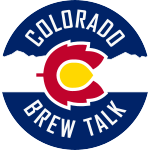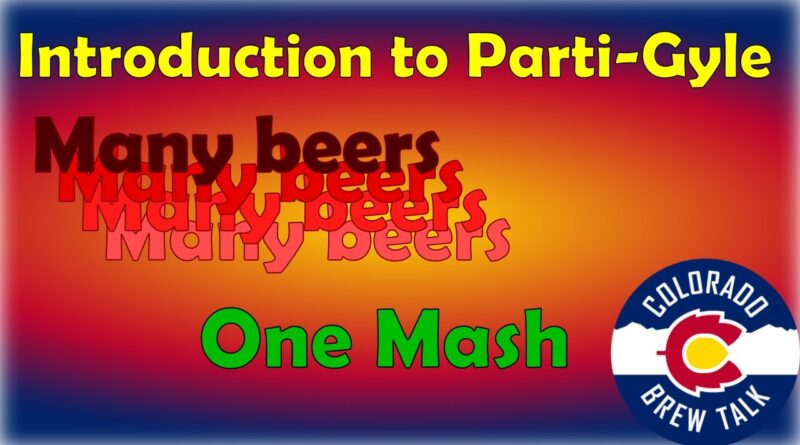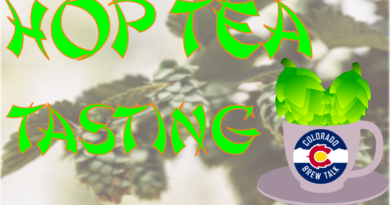Homebrewer’s Introduction to Parti-Gyle: Many beers with one Mash
Support the show, get your Colorado Brew Talk Gear at:
https://www.teepublic.com/user/colorado-brew-talk
or if you found something useful, why don’t you just buy us a beer? The link says coffee, but you know us.
https://ko-fi.com/cobrewtalk
We’re sipping on what Mike is calling a “Scottish Table Beer” that he made with the left over sugars from the plum wee heavy we discussed in this channel update video. The beer turned out really good, although Mike couldn’t locate the notes he took on it, he thinks the ABV is in the 2.5% – 3% ABV range, and it has some really nice flavor from the peat smoked malt.
There is an excellent article in the November / December 2014 issue of Zymurgy by Ron Pattinson titled “Parti-gyle: Debunking the Myths” The Germans called it Nachbier and most of what I say here about the history is from this article.
Youtuber @No Stress Brewing mentioned him in a comment on our English Porter video, and I had ran across his blog several times over the years, but haven’t had a chance to brew up any of his historical beers yet. Thanks No Stress Brewing! The blog is titled “Shut up about Barclay Perkins”.
Although used in the past, Parti-Gyle was a standard technique in the 18th century, so much so that single gyle was unusual. When the hydrometer came into use in the 19th century, it gave brewers a new level of control.
In the 20th century Scottish brewers adopted it and some formed their beers from a single recipe.
Fullers uses this method to make 3 beers out of one mash, ESB, London Pride, and Chiswick Bitter
https://beerandbrewing.com/practical-parti-gyle-brewing/
How it works when batch sparging
The first runnings will be your strike water volume, minus about .1 – .12G per pound of grain.
The second and third runnings will be basically whatever the volume of sparge water you put in.
For this example I’m going with just a straight mash, but you can add grain in between mash tun drains, you can add sugars to the final worts, and you can hop with different hops, and prime with different sugars to change the color. Really the possibilities are endless.
Mash in 20lb of grain with 6.25G of Water
My first runnings will be 3.9G of 1.094 wort
1st Sparge: Add 5G of sparge water, and my second runnings will be 5G of 1.039 wort
2nd Sparge: Add 5G of Sparge water, and my third runnings will be 5G of 1.016 wort
OG Ranges for your reference:
Wee Heavy 1.070 – 1.130
Export – 1.040 – 1.060
Heavy 1.035 – 1.040
Light 1.030 – 1.035
For my first beer I use:
Initial Mash – 2.9g – 272.6
1st Sparge – 1g – 39
2nd Sparge – 0
311.6 points divided by 3.9G gives me a wort of 1.079 – 1.114 after the boil
That beer falls right in the Wee heavy territory before boiling.
Second Beer:
Initial Mash – 1G – 94 points
1st Sparge – 3G – 117 points
2nd Sparge – 1G – 16 points
After dividing by 5G I get a 1.045 wort – 1.065 after the boil
This beer falls into Scottish Export range before boiling.
Third Beer:
Initial Mash – 0
1st Sparge – 1G – 39 points
2nd Sparge – 3G – 32 Points
After dividing by 4 Gallons I get a 1.021 wort – 1.033 after the boil
This beer falls into Scottish Light Territory.
So in this example, we just made 3 batches of beer, 3.9G of Wee Heavy, 5G of Scottish Export, and 4 Gallons of a Scottish Light.
Ron Pattinson has an example for making a Porter and a Strong Stout, but the way he calculates it was a little different than what I’m used to, and each wort was boiled and hopped prior to being blended. I need to reread the article because I guarantee the way he’s laying it out is good knowledge.
How to get started now:
If you batch sparge, start taking volume and gravity readings of your runnings.
Calculator
http://www.astrocaver.com/java/Parti-Gyle.html
Has an excellent spreadsheet
http://braukaiser.com/wiki/index.php?title=Batch_Sparge_and_Party_Gyle_Simulator
Let us know your experiences with Part-Gyle! Or if you know any styles that were traditionally brewed this way, please let us know.
If you have any ideas for show content, or other ideas, feel free to leave a comment somewhere.
Our Facebook Page can be found at https://www.facebook.com/Cobrewtalk
On Instagram at https://www.instagram.com/coloradobrewtalk/
Our Twitter Page can be found at https://twitter.com/COBrewTalk
Our Website is at https://CoBrewTalk.com
Feel free to leave comments, suggestions, and any other feedback in the comments below.



